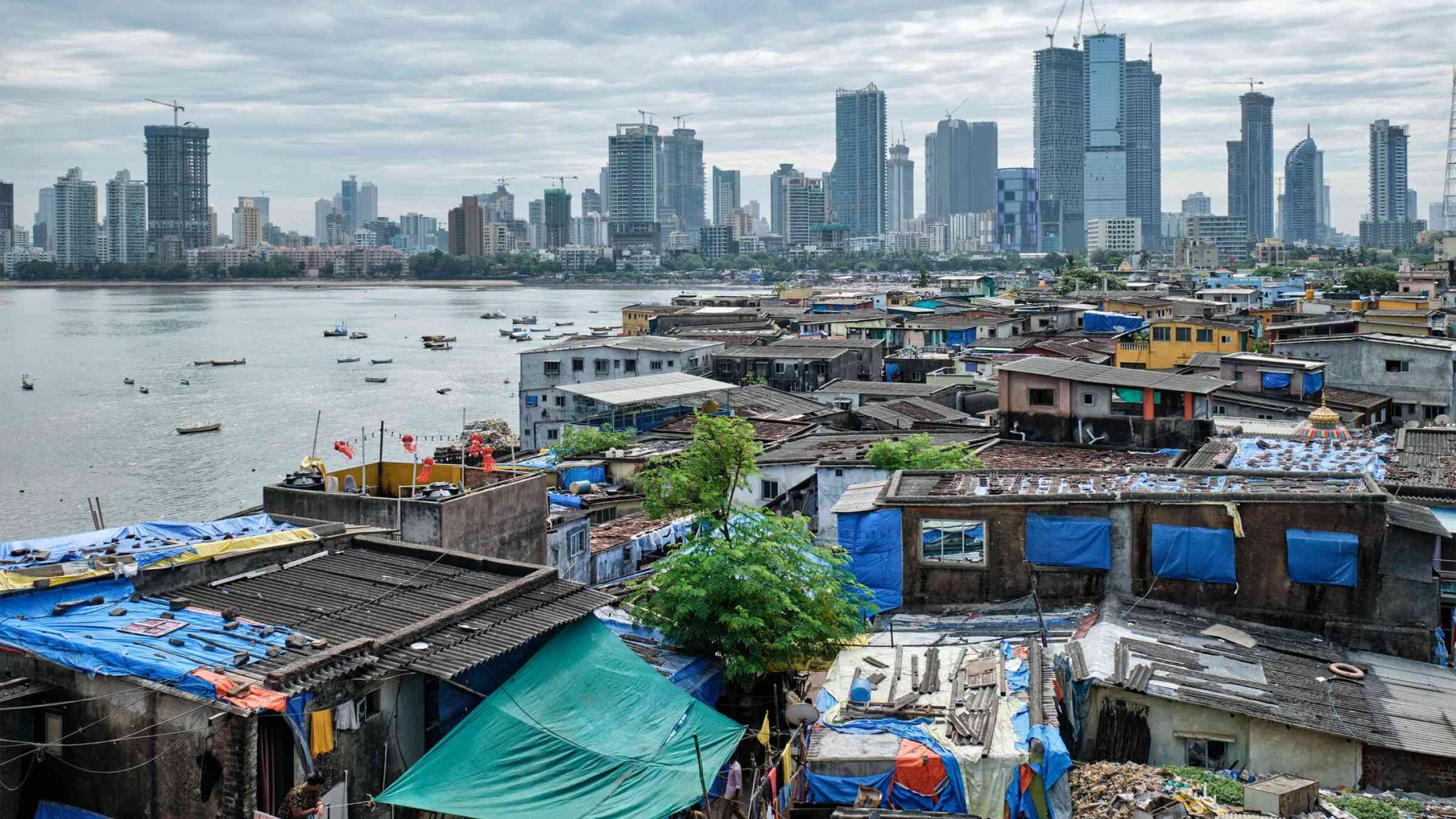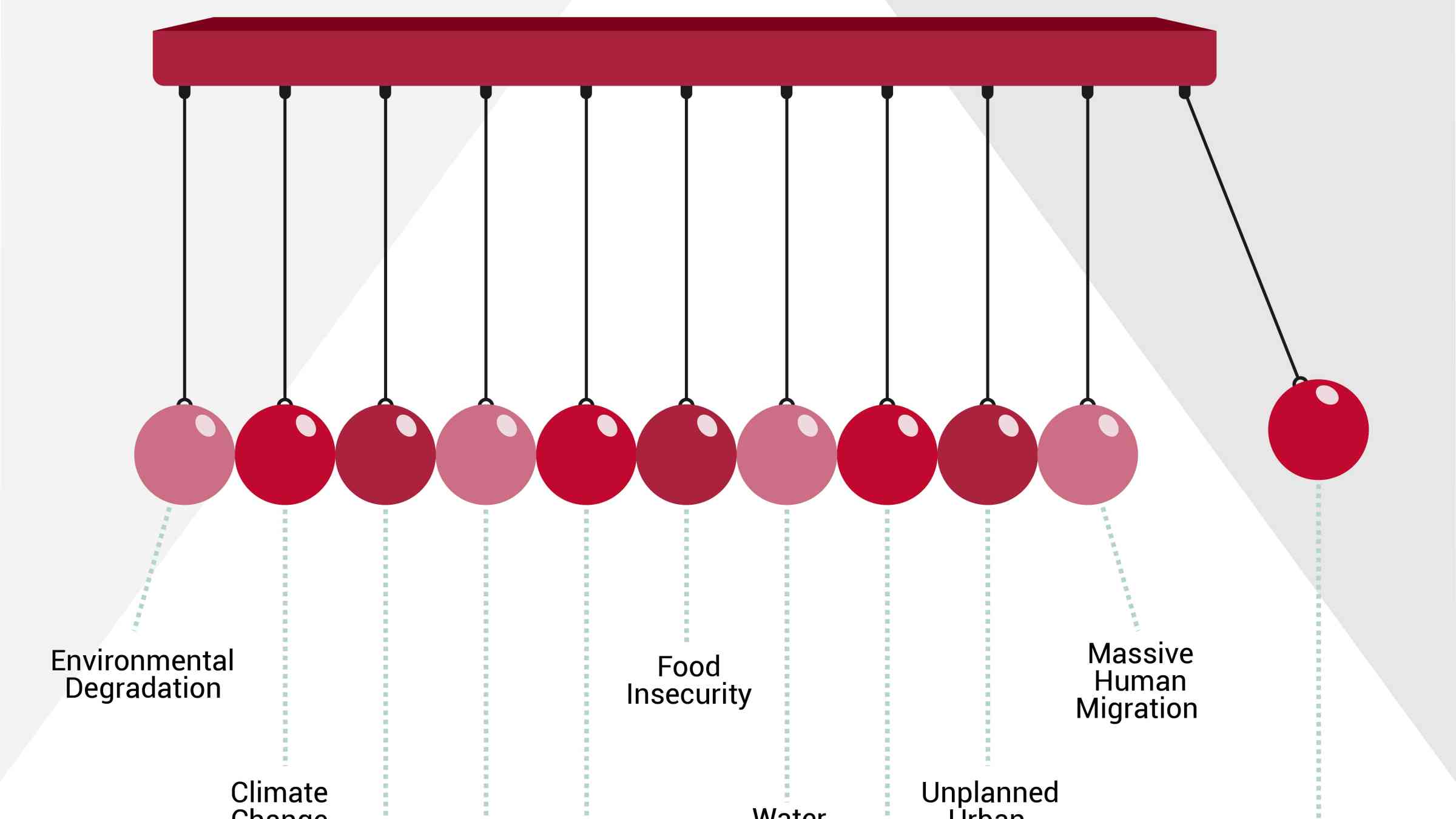ENGLISH Artículo RAR EPILOGO

Navigation >> Back to main page

Disaster risk management
under the magnifier of the COVID-19 pandemic
The COVID-19 pandemic is uncovering how conditions such as inequality, exclusion, and informality represent risk drivers and the fact that there are huge difficulties to prevent or control risk building in the future. The RAR report analyses the main concepts incorporated in light of the pandemic’s events and provisional results.
“The pandemic illustrated that exclusion, poverty, and inequality drive risks: it is not the same to face confinement and the need for social distancing for health reasons in good and bad conditions. The pandemic had an effect at all levels: country, internally within countries, and internally also within cities.” Raquel Lejteger, architect specializing in disaster risk management, consultant to the United Nations, co-author of the RAR
Given the magnitude of the impact of the COVID-19 pandemic on economies and societies, the report deems it to be a catastrophe of transnational dimension. The pandemic’s most severe impacts are evident in the collapse of national and regional economies as a result of public policies that seek to put a stop to virus transmission and to protect health systems. These public policies will have repercussions on production, employment, poverty, education, and health and which will, according to the report, set back the region´s development indicators. The report recalls that, in 2015, the Sendai Framework for Disaster Risk Reduction incorporated environmental, technological, and biological threats, wherein the COVID-19 pandemic fits.
According to the report, it is essential to abandon the conventional interpretation of the pandemic as an exogenous and unannounced threat that negatively affects health and disrupts the region’s usual economic and social development. Experts indicate that “as in the case of classic disasters, the risk associated with the COVID-19 disease is configured by the concatenation of numerous threats, exposure, and vulnerability factors, all of them socially constructed”[1]. On the one hand, the report highlights the fact that exposure is highest in the case of people needing to work in spaces in which it is impossible to have social distancing or in which hygienic protocols are harder to apply; on the other hand, vulnerability to the virus is magnified among populations exposed to risks such as unemployment, environmental pollution, precarious housing conditions, or lack of access to basic health services and social protection.
“At the regional level, room must be made to reflect on the structural causes of vulnerability in the face of the COVID-19 pandemic and why certain communities and socioeconomic groups have been more greatly affected. The RAR may play a major role in this. The pandemic has stressed which are the multipliers of risk and the mechanisms that are perpetuating their vulnerability and exposure to risk.” Pascal Girot, University of Costa Rica, School of Geography
RAR posits that the pandemic demonstrates that risk is socially constructed and explains the phases of this construction, starting with the accumulation and ending with the withdrawal of the effects of disaster within the same risk scenarios. Likewise, the report indicates that such risk scenarios were termed disaster risk drivers and are identified as poverty, inequality, poorly planned human development, weak governance, environmental degradation, and climate change, amongst others. It emphasizes that all drivers are interrelated and are the consequence of the development models implemented in the region.
Experts who developed the RAR report indicate that the COVID-19 catastrophe reveals the existence of a historical risk driver in the region - the lack of investment in public services -, which leads to unequal access to public health and drinking water services. The report introduces a truly transformative approach: the decision to invest or not in public health is to be understood under the logic of benefit privatization and risk socialization, a development dynamic adopted by countries whereby the benefits of economic growth tend to be expropriated and concentrated, whereas the risks accompanying development are externalized and transferred to other social groups and territories. This is the logic underlining all risk drivers.
In order to address the risks created within a system, wherein the failure of an institution has a cascading effect on the rest of the system, the Epilogue examines the concept of systemic risk and its beginning in the financial sector, following the 2007-2011 crisis. It concludes that the COVID-19 pandemic must be deemed to be a manifestation of systemic risk, given that the origin and propagation of the virus were caused by factors intrinsic to the system’s own nature (i.e., production, distribution, and consumption networks) that caused stress on health services, and that the public policies of quarantining adopted by governments to protect those systems paralyzed national economies.
“By virtue of its characteristics, the COVID-19 pandemic is an event that has demonstrated the systemic nature of risk and disasters. Although the immediate characteristic is principally sanitary, the measures adopted to combat the pandemic had a socioeconomic dimension. All disaster events have the same systemic effect, but the pandemic highlights the systemic impact of a disaster.” Carlos Picado, Chief, Strategic Development Unit, National Emergencies Commission (CNE) of Costa Rica
According to RAR, implementation of the MAH revealed how resources invested in disaster management were not countering the social construction of risks in the region’s territories. It became apparent that disasters are not exogenous but endogenous to the dynamics of development models, that they are social constructs with a systemic nature. However, it asserts that despite the switch in paradigm and approach that was incorporated in institutional systems, strategies, and policies, countries have found it hard to translate that switch in approach into effective practices.
“Risk management must not be a separate national strategy but should instead be mainstreamed into all development practices. It is unnecessary to have a strategy in a separate document; rather, risk management should be incorporated into the planning process of each one of the relevant stakeholders, both within the territories and at the sectoral level.” Carlos Picado, Chief, Strategic Development Unit, National Emergencies Commission (CNE) of Costa Rica
The Epilogue of RAR recalls that risk scenarios appear in territories wherein there are social stakeholders that must live with them. That is why, if they are to have a real impact, the transformation of development practices postulated in national policies or in international agreements must be present and implemented within the territories themselves. For experts, this means that governance must be strengthened by taking into account the specificities of each country in the region. There are, nevertheless, some common challenges such as lack of capacity in planning and management, dearth of financial resources at the disposal of local governments, or excessively complex planning regulations.

The RAR report concludes its analysis by highlighting the urgency of transforming current risk management practices as a distinct sector into permanent actions in all sectors that foster development, and that the results will become evident in the medium and long run, even beyond the validity of the Sendai Framework.
[1] RAR, Regional Assessment Report on Disaster Risk Reduction in Latin America and the Caribbean,, UNDRR, Epilogue.